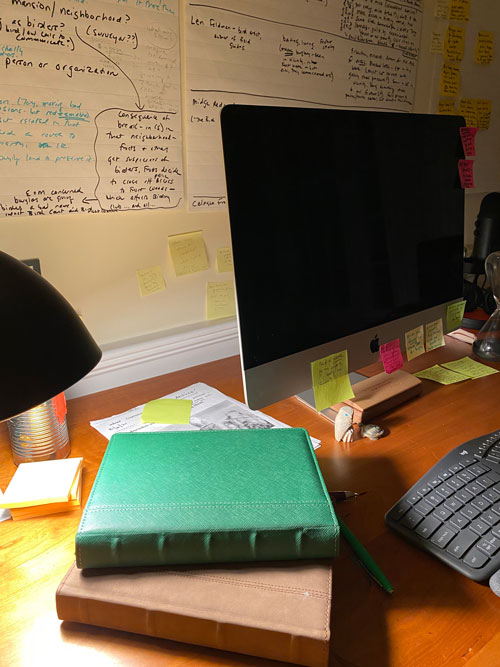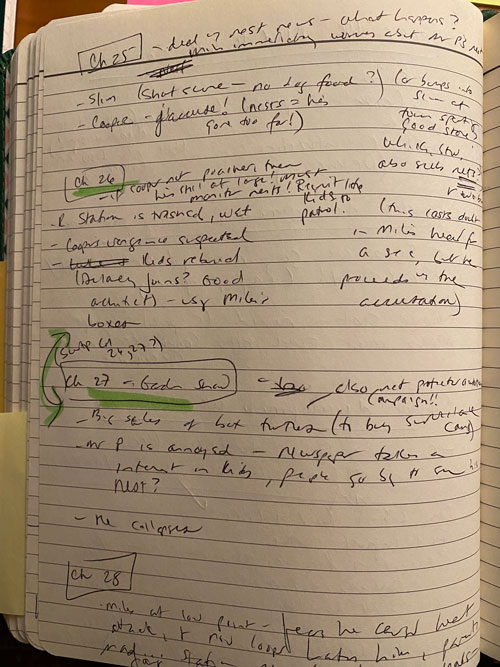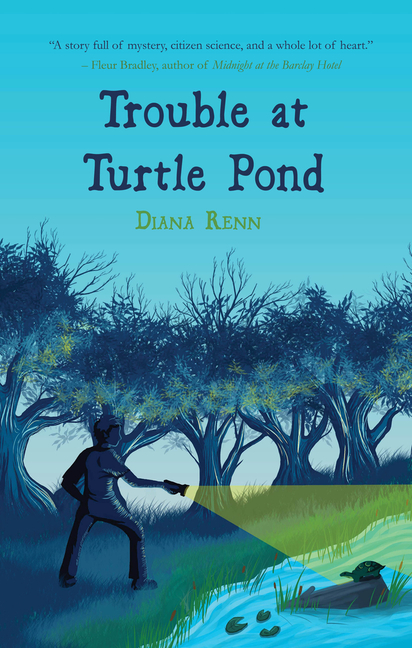From Teaching to Writing

TeachingBooks asks each author or illustrator to reflect on their journey from teaching to writing. Enjoy the following from Diana Renn.
The most challenging teaching job I ever had was teaching a class called “Developmental Writing” to first-year students at a technical institute. The class, which met at eight in the morning, was filled with sleepy engineering students getting Humanities requirements out of the way. A large part of my job involved manufacturing enough energy to get everyone’s brain into gear while persuading them of the importance of writing.

Challenging as that job was, it also turned out to be one of the most rewarding jobs I’ve held, shaping my work with future students as well as my work as a writer.
Developmental Writing had a mix of students with differing needs. It included ESOL students who had finished the ESOL writing classes but had lingering language issues. There were students with learning differences, some disclosed, some suspected, some hidden. There were international students fluent in English but not in the language of an American college. There were first-generation college students too, some of whom lacked traditional college preparation, or who juggled work on top of school.
It turns out they all had something in common, though. Writing anxiety.
I learned this through one-on-one meetings in my office hours as well as in the writing center, where students came for extra help. At closer range, I could see their individual challenges. Maybe they struggled to generate ideas and needed more pre-writing support, but once they had a plan, they were unstoppable drafters. Others were idea factories but needed help making blueprints to shape those ideas. Still others could draft something serviceable but slight, and needed to expand in revision.
Whether it was a paragraph, an essay, or a research paper, every task involved prewriting, drafting, peer reviewing, revising, editing, and proofreading.
The Developmental Writing curriculum emphasized the writing process for every assignment. Whether it was a paragraph, an essay, or a research paper, every task involved prewriting, drafting, peer reviewing, revising, editing, and proofreading. This approach is not so different for most writing classes from elementary school onward. But we moved at a careful pace. We broke down the stages further; exploring various ways to prewrite, multiple strategies for getting through a first draft, different checklists for peer reviewing, and tips for proofreading.
Not everyone liked every stage. Some students found prewriting tedious. Others were impatient with revising. But the more we cycled through, the easier it became for students to tackle each new assignment. One student noted that going from one stage to the next felt like “shifting gears.”

Ideas took shape. Paragraphs lengthened. Persuasive arguments sharpened as audience and purpose were defined. Voices came through on the page. My students were developing as writers. What sounded like a bland course title in a catalog was actually an apt name for the growth that I witnessed. So many of them had been told they weren’t good writers. I felt their excitement as they realized how much they really had to say, and how they could shape their thoughts.
I only taught at this school for three years, but I carried away a greater respect for the writing process, and more compassion for struggling writers. I also carried that respect and compassion to my own writing desk.
Later, while teaching at a university and freelancing in educational publishing, I struggled to write a novel. Pressed for time, paralyzed by possibilities, possibly a perfectionist, I started and abandoned many projects. I had little trouble completing stories and essays. But how did someone get through writing an entire book? And revising it? And editing it, and . . . oh. Right. The writing process!
What I’d taught for paragraphs and essays could work across hundreds of pages – couldn’t it? It was time to do some serious gear-shifting.
When I got stuck, I backpedaled and did more prewriting, in an iterative process.
I figured out where I was faltering. Drafting. Getting through the long middle. But could that be because I’d short-circuited the prewriting phase? Yes! I had characters with unclear objectives. My audience was undefined – was I writing for adults or teens? I downshifted to figure that out. When I was ready to draft again, I got farther into the middle than I ever had. When I got stuck, I backpedaled and did more prewriting, in an iterative process. Eventually what became my first published novel for teens, TOKYO HEIST, was completed. After revising (and revising, and revising), it attracted an agent and sold to Viking. And there the writing process continued, with more revising, more feedback, more editing and proofreading.
I’m now publishing my fifth book, TROUBLE AT TURTLE POND, a mystery for middle grade readers. I’m nearly done drafting my sixth book. I find it challenging to work on a messy new project when another book is polished. That’s when my confidence falters. I look at rough pages, stall out, and I feel I’m a total beginner. But then I find compassion for myself, in the way I once found it for my students. I remind myself: I’m not a beginner. I’m a developing writer.
Even though I have books under my belt, I’m constantly developing new projects and skills. I feel some anxiety at the start of each new book. But I know the writing process. I know the drafting stage is tough for me, but I have strategies to get myself through. When drafting, I look forward to shifting into revising, the stage where I’m more confident and I feel my momentum kick in.
Emboldened by process, I pedal on.
Books and Resources

TeachingBooks personalizes connections to books and authors. Enjoy the following on Diana Renn and the books she’s created.
Listen to Diana Renn talking with TeachingBooks about the backstory for writing Trouble at Turtle Pond. You can click the player below or experience the recording on TeachingBooks, where you can read along as you listen, and also translate the text to another language.
- Listen to Diana Renn talk about her name
- Explore the Discussion Guide from Trouble at Turtle Pond
- Discover Diane Renn’s page and books on TeachingBooks
- Visit Diana Renn on her website, Twitter, Instagram, Facebook, and GoodReads.
Explore all of the For Teachers, By Teachers blog posts.
Special thanks to Diana Renn and Fitzroy Books for their support of this post. All text and images are courtesy of Diana Renn and Fitzroy Books, and may not be used without expressed written consent.



Leave a Reply